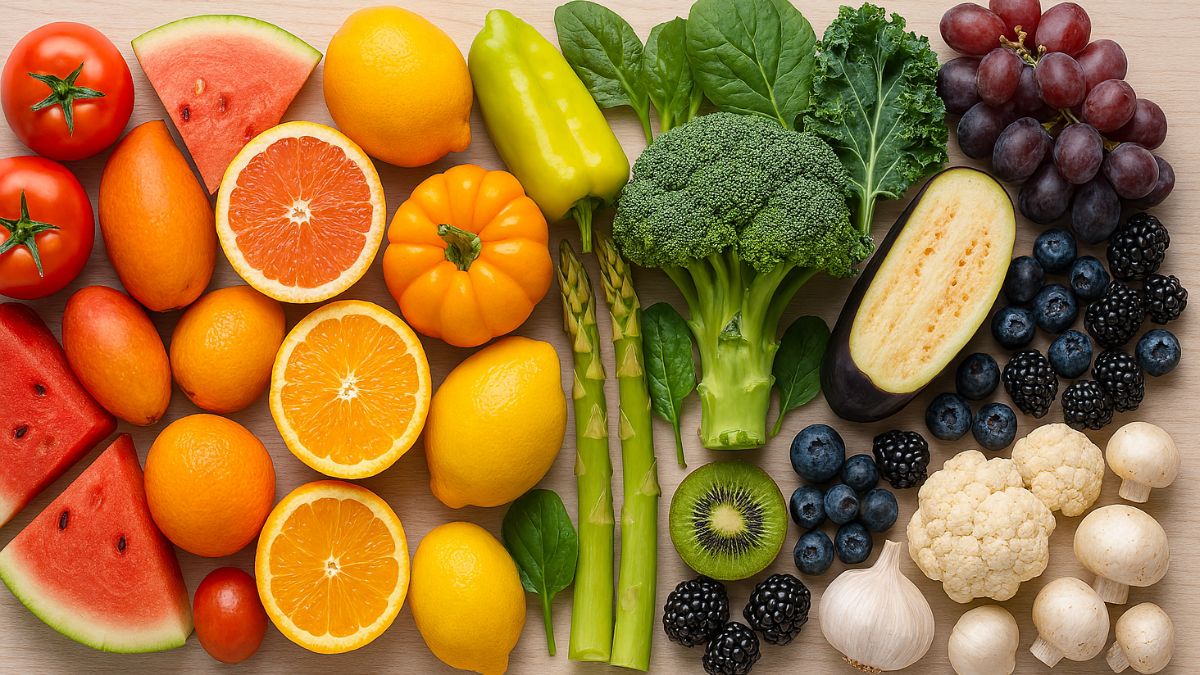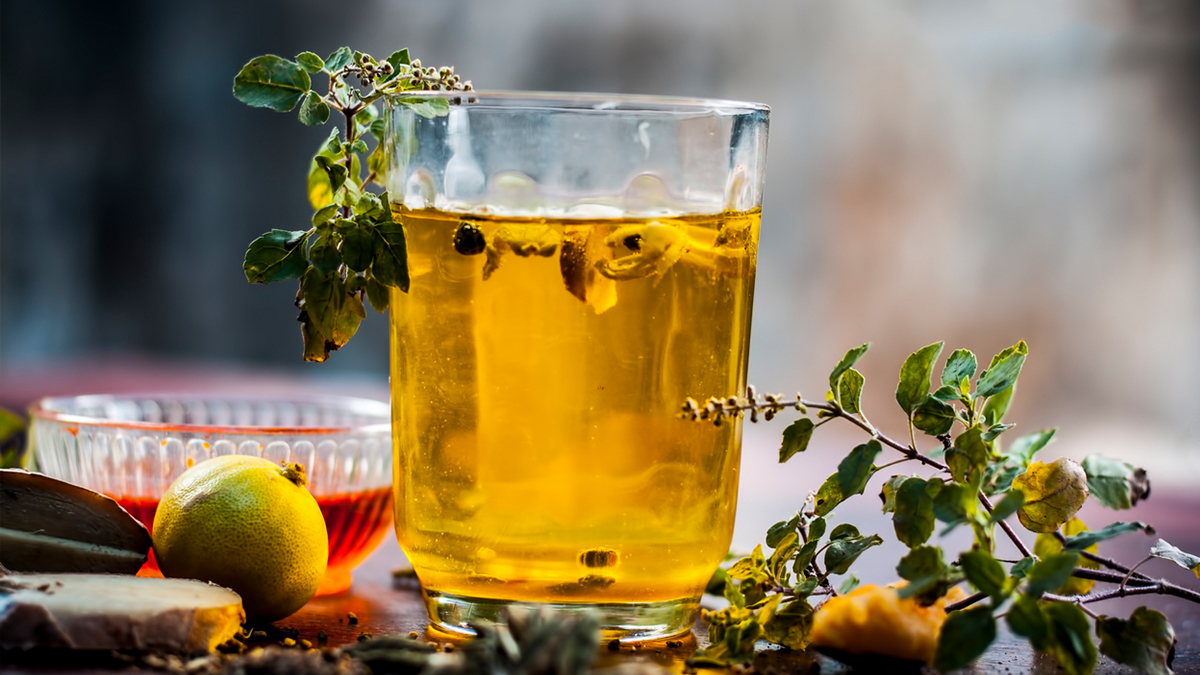Prime Minister Narendra Modi today inaugurated several development projects in Bihar's Seemanchal region, including the creation of the National Makhana Board during his visit to Purnea. According to government figures, Bihar contributes over 90 per cent of India's makhana. The new board has been tasked with improving production, processing, branding, and exports, giving the traditional crop stronger institutional backing.
Makhana, also called fox nut or phool makhana, has travelled from fasting bowls to Netflix snacks, and now even to gourmet menus abroad. While Bihar remains the hub of production, smaller scale cultivation takes place in other states too. With the National Makhana Board in place, interest is growing in how it is made, the benefits it offers, and the many ways it can be eaten.
Also Read: PM Modi Launches National Makhana Board In Bihar; Government Approves Nearly Rs 475 Crore Plan
Where Is Makhana Grown?
- Bihar: The centre of commercial production, especially the Mithila region, which holds a GI tag for Mithila Makhana. Districts such as Madhubani, Darbhanga, Purnia and Katihar are leading producers.
- Assam and Manipur: Smaller cultivation areas exist here, mainly serving local markets.
- West Bengal, Odisha and Eastern Uttar Pradesh: These states have pockets of production but lack large-scale processing infrastructure.
- Nepal: The Terai belt bordering Bihar also grows makhana.
Fox nut (Euryale ferox) is native to China and Japan, too, but India dominates global commercial production. India leads the market, with Bihar's farmers, climate, and pond ecosystems placing the state at the core of makhana farming worldwide.
How Is Makhana Made?
The journey from pond to packet is more intricate than most people realise.
- Harvesting: Farmers dive into muddy ponds to collect seeds that sink to the bottom. Locally called giri, these seeds are washed and dried in the sun.
- Grading: The dried seeds are sorted by size so they roast evenly.
- Roasting: Seeds are heated in large iron pans until they reach the right texture.
- Popping: This delicate step turns the tough seeds into the light, white puffs we recognise.
- Polishing and Packaging: Once popped, the makhanas are polished for uniformity and then sealed in airtight pouches or containers to maintain their crunch.
It remains labour-intensive, although agricultural experts note that newer seed varieties and semi-mechanised methods are beginning to ease the workload for farmers and processors.
Traditional Vs Modern Processing Of Makhana
In Bihar's villages, families can still be found roasting and popping makhana in small quantities, often selling them loose in local markets. At the same time, larger processing units are experimenting with flavoured makhana-spiced, cheesy, caramel-coated, even peri-peri. These facilities also focus on improved packaging, which makes the product suitable for longer storage and exports.
According to the government, the National Makhana Board has been set up with the goal of improving infrastructure, cold storage, and branding support, enabling farmers to access premium markets.
Health Benefits Of Eating Makhana
Part of makhana's global rise comes from its reputation as a superfood. Nutritionists often highlight its health value:
- Rich in protein, making it a plant-based alternative to processed snacks.
- Low in calories, which suits weight-conscious diets.
- High in fibre, helping digestion and satiety.
- A source of antioxidants, linked to better heart health and anti-ageing benefits.
- Gluten-free and low on the glycaemic index, making it suitable for diabetics.
This wellness angle has made makhana popular among both urban consumers in India and health-conscious buyers abroad.
How To Eat Makhana Beyond The Fasting Snack
If salted makhana is still your go-to, there is much more to try.
- Roasted Snack: Tossed with ghee, salt, pepper or chaat masala for a quick and crunchy bowl.
- Makhana Curry: Cooked in a spiced tomato-onion gravy, it pairs well with roti or rice.
- Kheer: Makhana simmered in milk with cardamom and nuts makes a festive dessert.
- Trail Mix: Mixed with almonds, raisins and seeds, it becomes a healthier snack alternative.
- Fusion Ideas: Caramel makhana can work as a popcorn substitute, while spiced makhana adds crunch to tacos.
Chefs in India and abroad are also using makhana in salads, appetisers, and even cocktails, proving its adaptability across cuisines.
Farmers And The Makhana Economy
For thousands of farmers in Bihar's Mithila region, makhana is not only a crop but a livelihood. Families depend on the seasonal harvest, and the GI tag for Mithila Makhana has given their produce added recognition. With the new Makhana Board promising better branding, storage, and processing facilities, farmers are hoping for higher incomes and more direct access to markets.
This economic importance is also why the government has linked makhana farming with development schemes, aiming to create more opportunities for rural households while strengthening India's export presence.
From Bihar To Global Shelves
With its GI tag and growing recognition as a health food, Mithila Makhana is now being exported to international markets, including the US, UK and the Middle East. Marketers highlight it as a superfood high in protein and low in calories. The government's latest initiatives, through the National Makhana Board, are expected to push exports further and build a stronger identity for makhana abroad.
Makhana today is more than a fasting snack. From Bihar's ponds to everyday kitchens, it has become a link between tradition and modern eating, with a crunch that now reaches far beyond India.








